Tips For Baking Perfectly Every Time
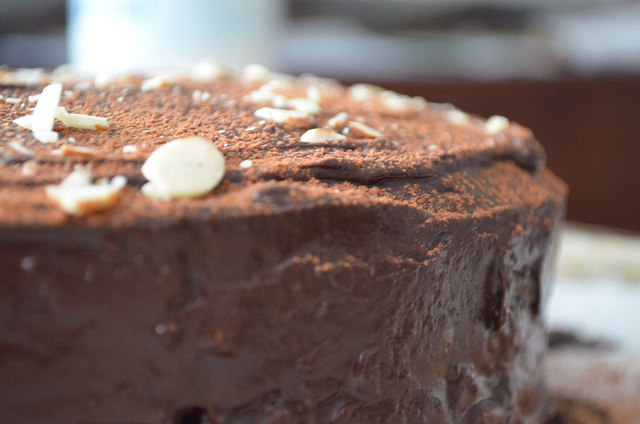
Most people love to eat homemade baked goods, but if you aren’t the one making those goodies, the work involved in order to get things just right often goes unnoticed.
Numerous factors affect baking results, so much so that books have been written on the subject and Pastry Chefs have studied the science behind every imaginable scenario
For example, because baking involves much more precision than cooking, any substitutions and changes in quantities can be tricky to duplicate from a set recipe.
For the home baker, there are some simple rules of thumb to help ensure great results with your favorite pies, cookies, cakes and more. You really can achieve perfectly baked goods every time, insha’allah…
UPDATE, October 2019:
- Because I’m baking from another country (Turkey), I’ve learned a few important nuances I took for granted back in the States as to why and how things didn’t turn out well sometimes. Here’s some additional information I’ve learned:
- If you’re converting a recipe from the US to European baking measurements or vice versa, it’s best to weigh everything out on a scale. That’s a much more accurate reading of your ingredients. Conversions can be a pain, especially since you have to indicate whether the ingredient is a liquid or solid.
- Don’t over-mix the batter when making cakes. Since I don’t have my KitchenAid stand mixer with me here, I do everything by hand- and my hand can be too heavy, a times, which makes the cakes turn out too dense. To avoid over-mixing, bring certain ingredients like cream cheese or yogurt to room temperature before adding in so that it’s easier to get out all those lumps.
Before Baking
- For starters, read every recipe thoroughly before beginning to bake. This helps you figure out if you’re missing anything and whether or not you need to handle an ingredient in a special way ahead of time.
- Have your oven calibrated or get an oven thermometer to make sure your oven temperature gauge is working as indicated. Keep in mind, there are different ones for gas or electric ovens.
This is the one I use:
- Select fresh, high quality ingredients to include in your recipe. What starts well, usually ends well and that is equally true for baking.
- Keep baking items like flour and chocolate morsels in the freezer to preserve their freshness without warping their texture.
- Bring all cold ingredients to room temperature before working with them, unless specified (i.e. cold butter), particularly important for making pie and fruit crisp crusts.
- Assemble all ingredients before starting a recipe. Baking recipes often require multiple bowls and tools and it just helps to organize it all so that you’re not scrambling while doing.
- Set aside separate bowls for dry and wet ingredients- you’ll almost always need one for each.
During Baking
- Preheat your oven to the required temperature once you begin the recipe. This ensures that your uncooked dish will go directly into an oven at the right temperature, not a warm or cold oven, which can skew cooking times.
- Sift dry ingredients only when a recipe specifically calls for it. It helps make the end result lighter and fluffier, but sometimes that’s not the desired result.
- Use flavorless oils in baking unless you want a specified oil flavor. Olive oil, for example, can sometimes overpower the rest of the ingredients in a recipe.
- As mentioned above, baking is more of an exact science than cooking. If a recipe calls for a specific pan size, be sure to use it. If not, you’ll have to adjust baking temperatures and cooking time on your own, which can be tricky.
- If you’re using a stand mixer to combine ingredients, use the paddle attachment to mix (especially heavier mixtures) and the whisk attachment for whisking.
- If a recipe calls for ‘folding’, use a spatula or large spoon to carefully mix in things like blueberries and chocolate morsels.
- Keep all pie and cookie dough cold before working with it.
- Use an ice cream scoop to quickly drop cookie or muffin mixtures onto baking sheets and ensure sizes of each piece are the same.
- Rinse the surface of eggs to clean off any unseen traces of contamination (salmonella is commonly found on the surface of eggshells).
After Baking
- Similar to letting meat rest before cutting, many pastry items need to be cooled before digging in. This helps to have a more sturdy cut into cakes and delicate pastries that will lose shape when done while hot.
- Just like when baking, the temperature of the oven needs to be correct, be sure that your refrigerator and freezer are cold enough or the right temperature to support any chilling or preserving of what you’ve baked, as well. I can’t tell you how many times things can go bad in a refrigerator simply because it’s been over-stuffed with so much stuff that it brings the inside temperature down. Get a thermometer for both fridge and freezer. They often times come in a 2-pack, which is convenient.
This is the one I use:

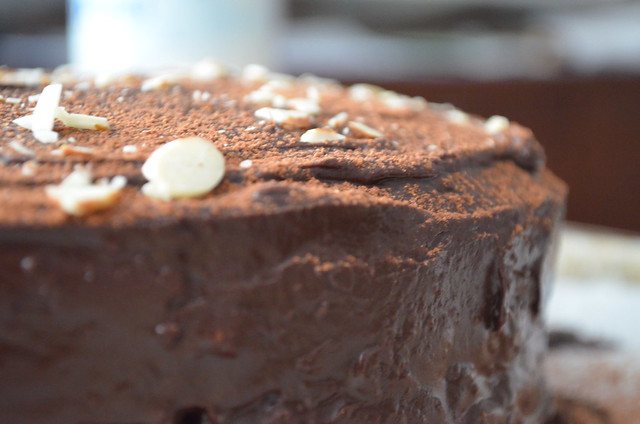
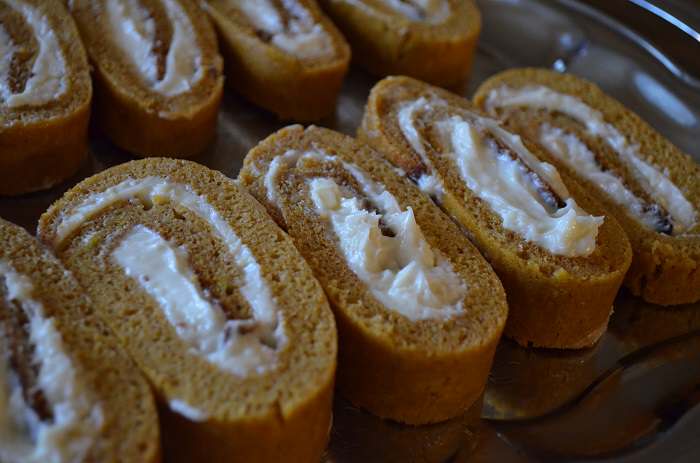
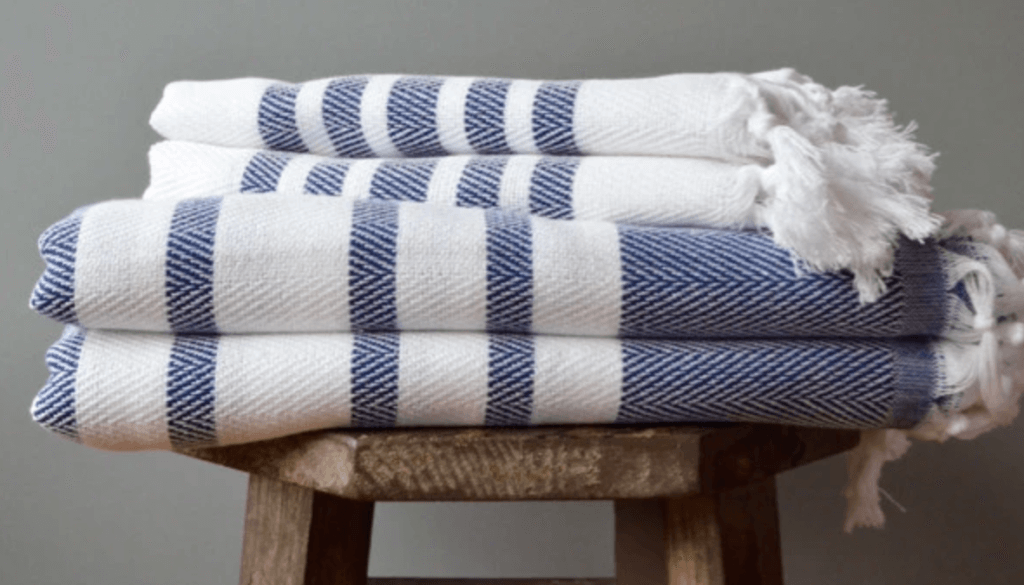

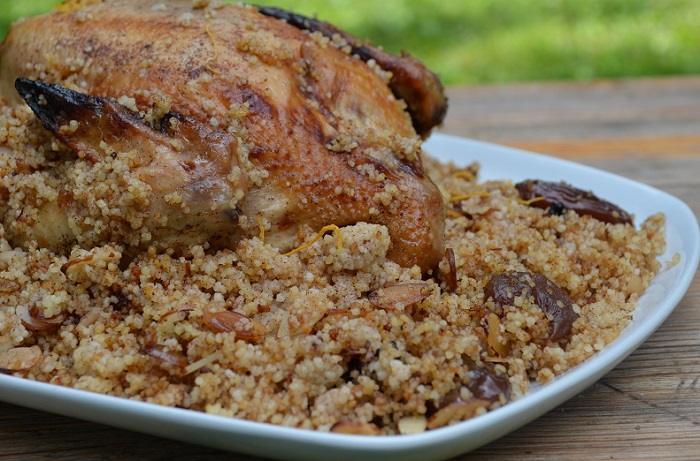



I love the chocolate dusting in your close-up! What’s that made of?
I believe it was Trader Joe’s cocoa powder 🙂
Your tips are so good. Never knew that we had to store flour in freezer. Can you give tips on frosting a cake for beginners. Especially whipped cream frosting. It does not stay stiff on the cake.
ailve cooking and i want 2 learn more from you
This serves me as a good reminder whenever I had begun selling Swiss rolls! True facts and definitely I will keep it in mind! Thank you for sharing!
You’re welcome. I’m so glad you’ve enjoyed the tips 🙂
Thank you. Always use cold butter in your frosting and refrigerate the cake when it’s frosted. The reason why a lot of frostings look stiff is because they use margarine or some sort of synthetic type of product.